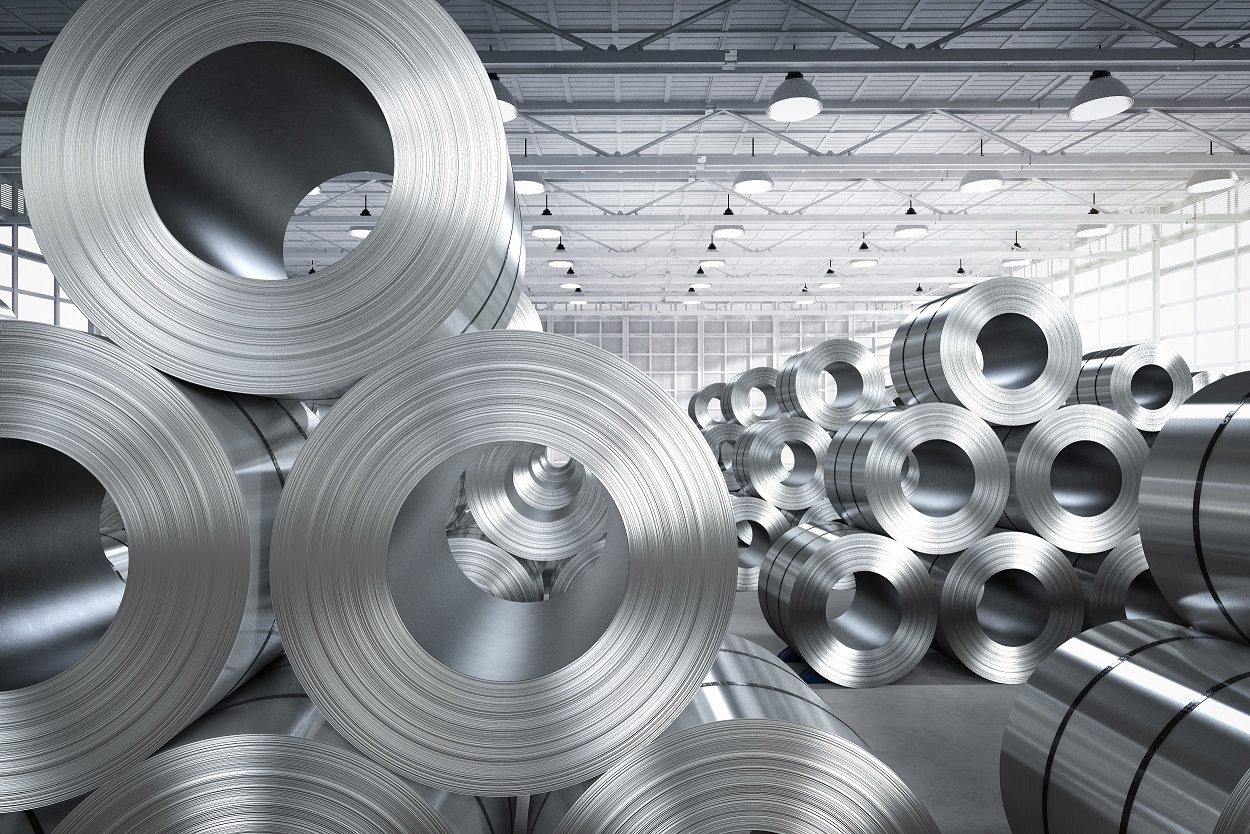Steel Industry in India Booms as Demand Skyrockets Across Automotive, Construction, and Manufacturing Sectors

The nation’s rapidly expanding economy and the consequent rise in demand for steel bars in the manufacturing sector have led to the expansion of India’s steel bar industry. The rise of the automotive and construction sectors primarily drives the demand for steel bars. The COVID-19 pandemic’s effects on the industry, leading steel bar firms’ expansion plans, and growth prospects are all highlighted in the article.
Rising steel bar demand in India
Due to India’s booming industrial sector, steel bars are in high demand in manufacturing. In addition, steel bars are in demand as a result of the expansion of the building sector. According to a report by ResearchAndMarkets, India’s construction industry is expected to grow at a compound annual growth rate of 5.6 percent between 2021 and 2026, leading to a rise in steel bar demand for building bridges, infrastructure projects, and buildings. Furthermore, steel bar demand is partly fueled by the growth of the automotive sector. The vehicle sector in India is expected to develop at a CAGR of 6.5 percent between 2021 and 2026, which would increase demand for steel bars.
Expansion plans of top steel bar producers
Tata Steel and JSW Steel, two of India’s leading steel bar producers, are expanding production to satisfy rising demand. Tata Steel wants to boost its annual production of long products by 1 million tonnes. By 2023, JSW Steel hopes to double its annual production of steel bars to 12 million tons.
Impact of the COVID-19 pandemic on the industry
As construction and manufacturing in India stopped during the COVID-19 epidemic, the country’s steel sector witnessed a significant decline in demand for steel bars during the lockdowns. The demand for steel bars, however, rose as the economy improved. As a result, steel bar manufacturers in India have lowered costs and prioritized expanding exports.
Economic condition of India
Due to its growing population, India is the biggest consumer market right now. Steel, the essential commodity, is needed in this ever-increasing market for manufacturing and construction to serve this growing population. This provides a massive advantage to Indian manufacturers viz a vis their foreign counterparts.
Potential for future growth
The future of India’s steel sector is bright, despite its obstacles. The Bharatmala Pariyojana and other government infrastructure development programs are anticipated to increase the demand for steel bars. Another potential for the steel industry is the construction sector’s expansion, propelled by the need for cheap housing and the creation of smart cities. However, raw resources, especially iron ore, are not plentiful in India. Thus, the nation must rely significantly on imports, which presents a problem for the sector. Indian manufacturers face difficulties because of competition from other countries, especially China, which sells steel inexpensively.
Adopting new technologies and digitalization
The COVID-19 epidemic has also shown how vital it is for the steel sector to continue advancing its production methods if it wants to keep up with the rest of the market. Digitalization can improve efficiency, lower manufacturing costs, and boost output in the steel industry.
Government support for growth and development
India’s Government has taken several initiatives to encourage the development of the country’s steel sector. Examples include the ‘Make in India’ initiative, which promotes local manufacturing and contributes to the country’s economic growth, and the National Steel Policy 2017, which intends to enhance the country’s production capacity to 300 million tonnes by 2030.
The Government has also implemented measures to attract international investment to the steel sector. For instance, the steel industry may get up to 100 percent FDI via the automated method. Because of this legislation, the industry has seen a rise in both growth and development.
The Government of India has introduced several initiatives designed to foster the growth of the country’s steel industry, such as the Steel Research and Technology Mission of India (SRTMI) to promote R&D within the sector and the Pradhan Mantri Awas Yojana (PMAY) to increase access to low-cost housing for all citizens.
Conclusion
The rapidly growing demand for steel bars in India’s industrial, construction, and automotive sectors has been a key contributor to the industry’s explosive growth in recent years. As a direct consequence, India’s leading producers of steel bars plan to expand their operations to satisfy the growing demand. The industry faces several challenges, including more available raw resources, the need to remain internationally competitive, and the imperative to embrace digitalization fully.
To maintain its position in the global market, the Indian steel industry must continue to surmount challenges, accept digitalization and emerging technologies, and get financial support from the Government for business growth and expansion. With the appropriate help and laws, the Indian steel industry, on the other hand, has the potential to make a substantial contribution to the development and growth of the country’s economy.
 |
Nishant Garg Managing Director Maiden Forgings Ltd |
Image Source: Magic Wand Media



 Facebook
Facebook.png) Twitter
Twitter Linkedin
Linkedin Subscribe
Subscribe